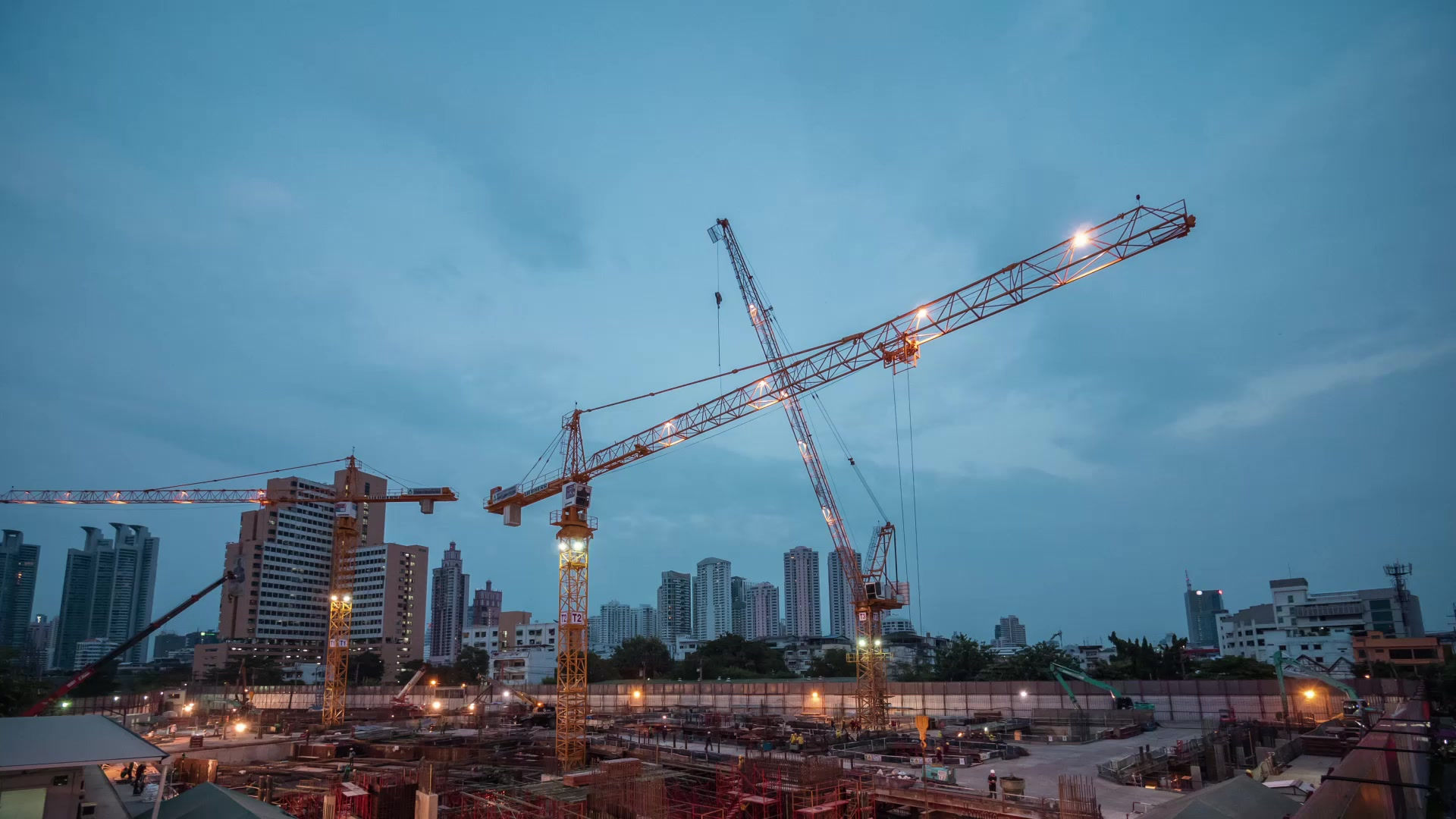
_edited.png)

Cultural Resource Preservation
Commercial small unmanned aerial drones have emerged as indispensable tools in the preservation of cultural resources, aiding in the documentation, protection, and restoration of heritage sites. These drones offer numerous benefits to clients involved in cultural resource management, enabling them to efficiently address various tasks with precision and effectiveness.
Site Documentation: Drones equipped with high-resolution cameras can capture detailed aerial imagery and 360-degree panoramas of cultural sites. This documentation helps create accurate records for historical analysis and assists in preserving the site's current state. 3D Modeling and Mapping: Drones can create 3D models and topographic maps of cultural resources, providing a comprehensive understanding of their physical structures and spatial relationships. This aids archaeologists and conservators in planning restoration efforts and safeguarding against potential threats. Remote Sensing: Drones can carry various sensors, including thermal and multispectral cameras, to analyze the condition of cultural resources. This data helps identify hidden damages, degradation, or signs of looting without physically disturbing the site. Security and Surveillance: Drones equipped with cameras enhance security and surveillance of cultural sites, deterring vandalism and illegal activities. Real-time monitoring helps prevent unauthorized access and potential damage. Accessibility Assessment: Drones can survey challenging or remote sites, assisting in assessing accessibility for researchers, conservators, and tourists. This data informs decisions about site management and visitor regulations to preserve the site's integrity. Environmental Monitoring: Drones equipped with environmental sensors monitor factors such as humidity, temperature, and air quality. This aids in understanding the impact of environmental changes on cultural resources and developing suitable conservation strategies. Education and Outreach: Aerial footage captured by drones enhances public engagement and educational initiatives. Virtual tours and interactive content promote cultural awareness and inspire support for preservation efforts. Disaster Response: In the event of natural disasters or emergencies, drones can provide rapid and safe site assessments, guiding preservation priorities and response efforts. Conservation Planning: Data collected by drones informs conservation plans, ensuring that preservation efforts are evidence-based and focused on the most critical aspects of cultural resource protection. Overall, the use of commercial small unmanned aerial drones in cultural resource preservation empowers clients to better understand, protect, and promote their heritage sites. These drones offer non-invasive documentation, real-time monitoring, and data-driven decision-making, fostering sustainable preservation practices and safeguarding cultural treasures for future generations.
